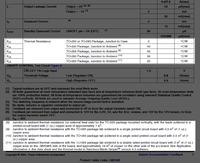daneloctober
Member level 2

- Joined
- Jan 28, 2011
- Messages
- 52
- Helped
- 2
- Reputation
- 4
- Reaction score
- 2
- Trophy points
- 1,288
- Activity points
- 1,708
Hello!
I'm at my wit's end trying to find a good solution for a simple problem... I need a regulator that accepts about 12 - 24V input and outputs 5V, and at least 2A of current.
I know I can get a linear regulator, but I have size constraints. The heatsink I'd need just won't fit. I'm thinking I could just use a switching regulator IC (step-down). I'm familiar with IC's that need an inductor, a cap, and a diode, but my friend said that there are some certain voltage step-down IC's that do not need any external components. Can anyone give me suggestions?... THANKS!!!
I'm at my wit's end trying to find a good solution for a simple problem... I need a regulator that accepts about 12 - 24V input and outputs 5V, and at least 2A of current.
I know I can get a linear regulator, but I have size constraints. The heatsink I'd need just won't fit. I'm thinking I could just use a switching regulator IC (step-down). I'm familiar with IC's that need an inductor, a cap, and a diode, but my friend said that there are some certain voltage step-down IC's that do not need any external components. Can anyone give me suggestions?... THANKS!!!


